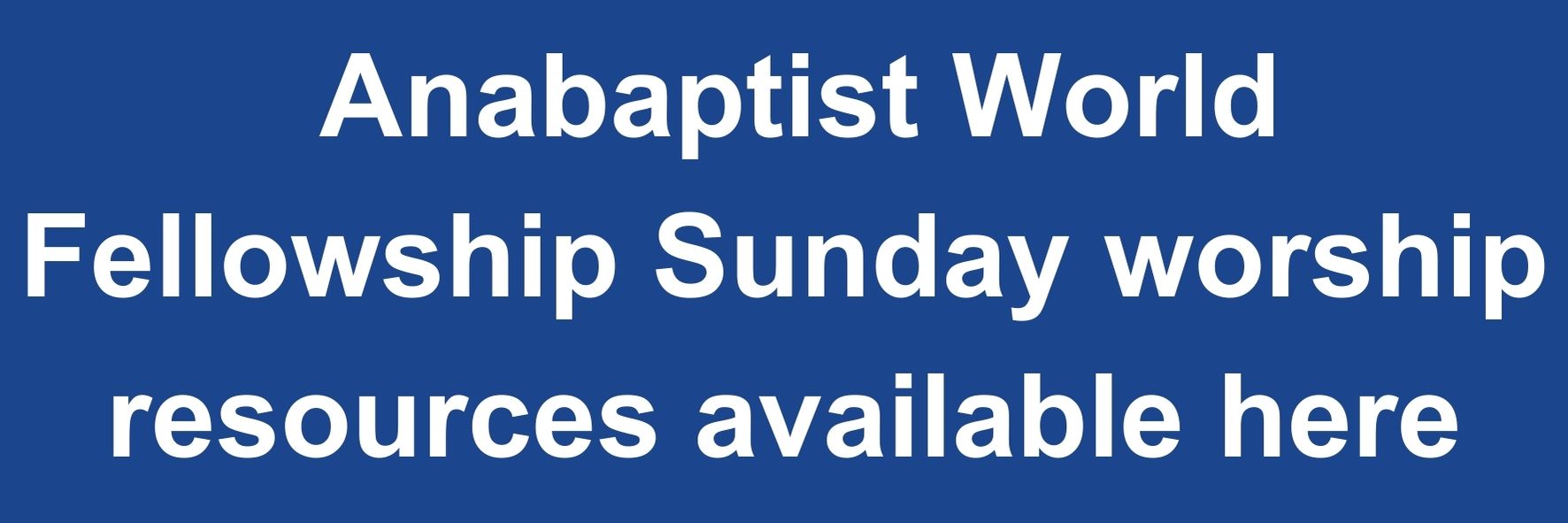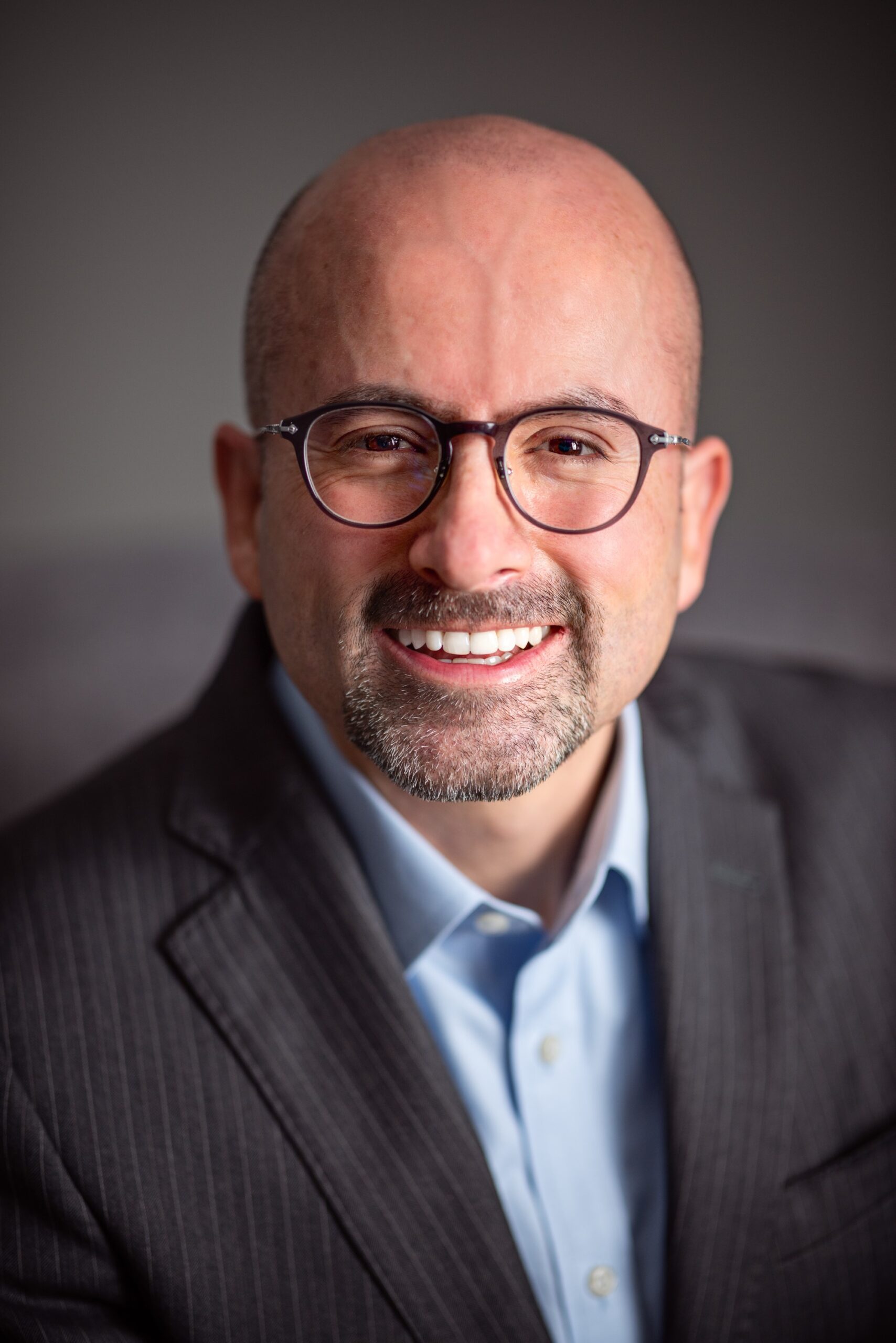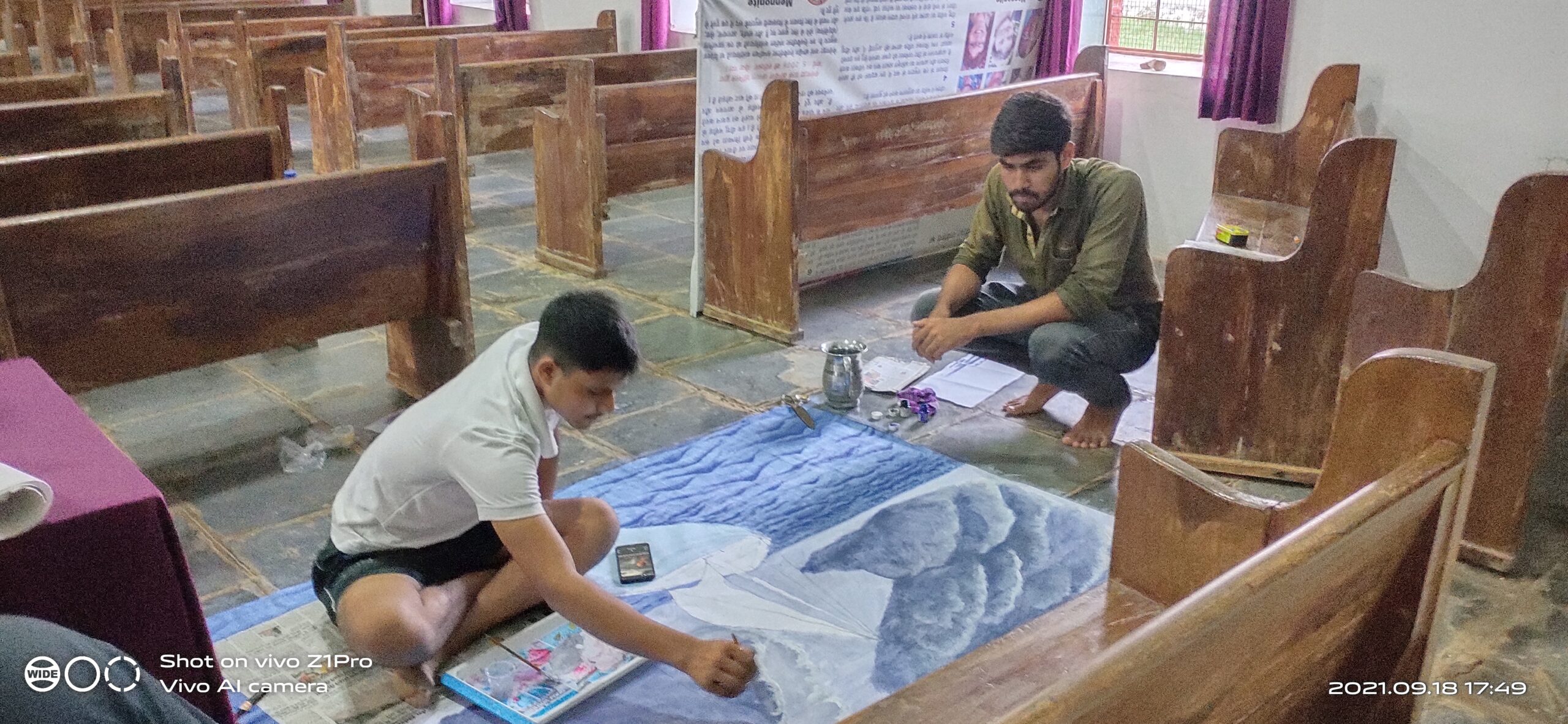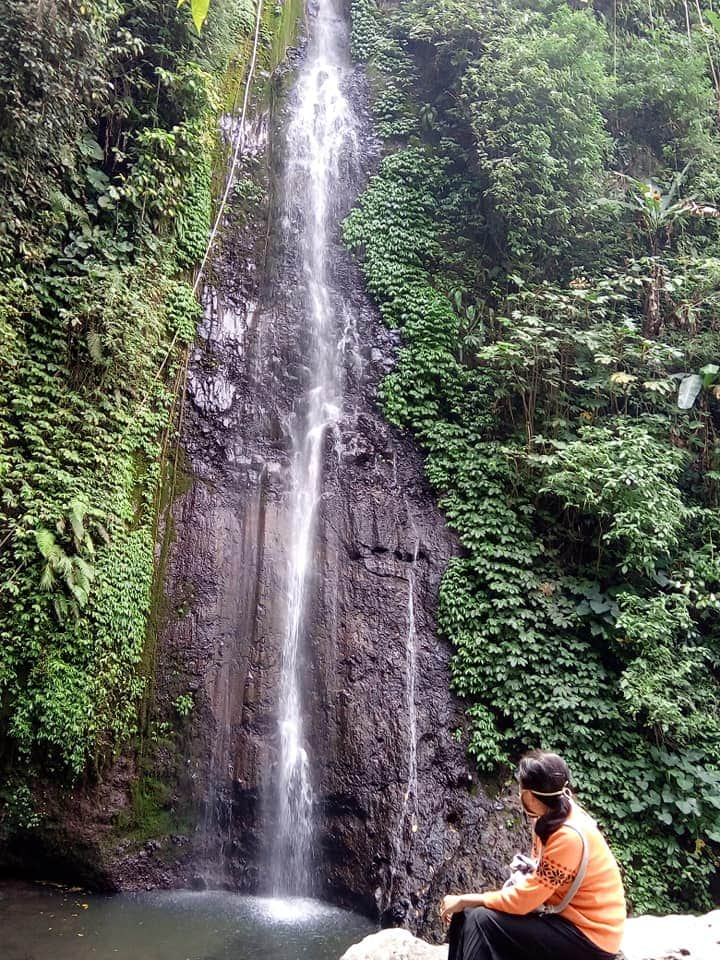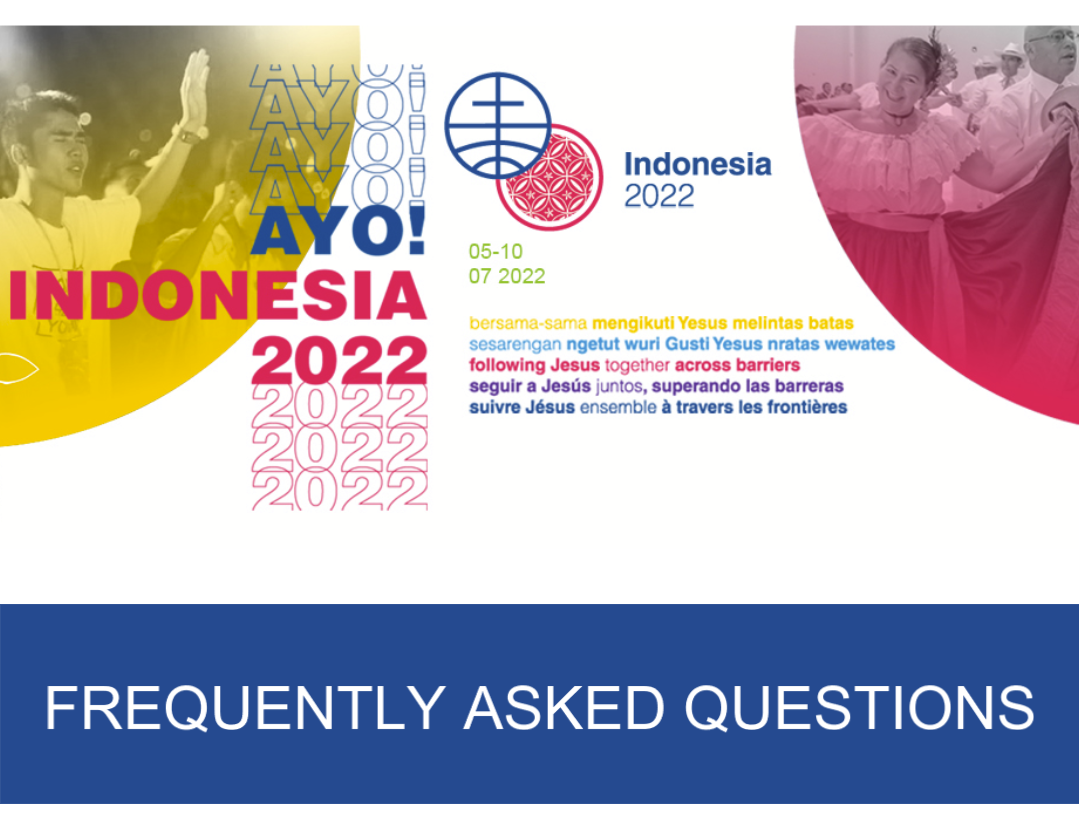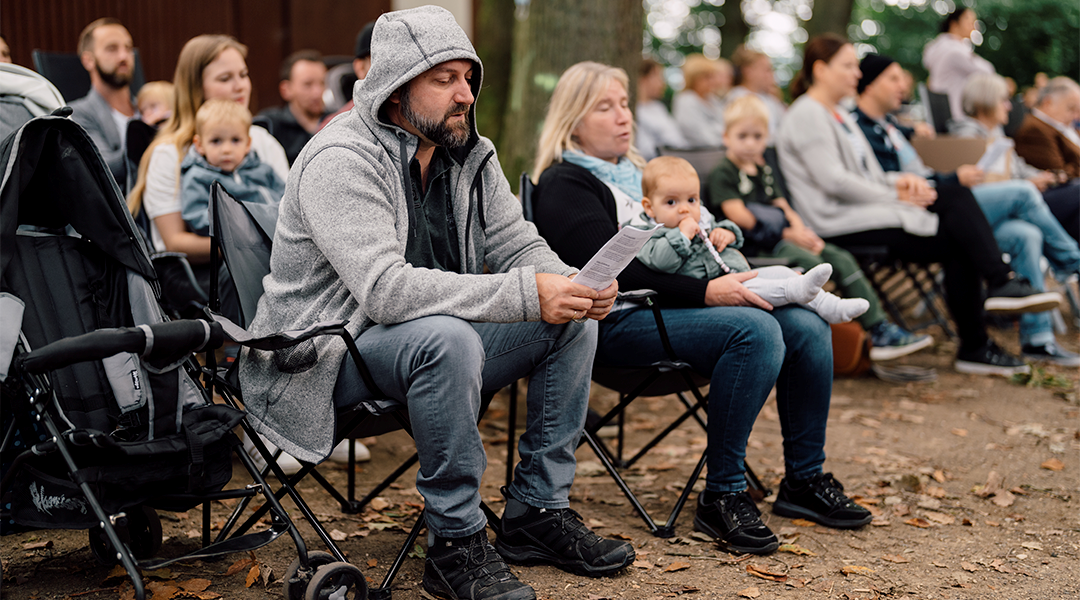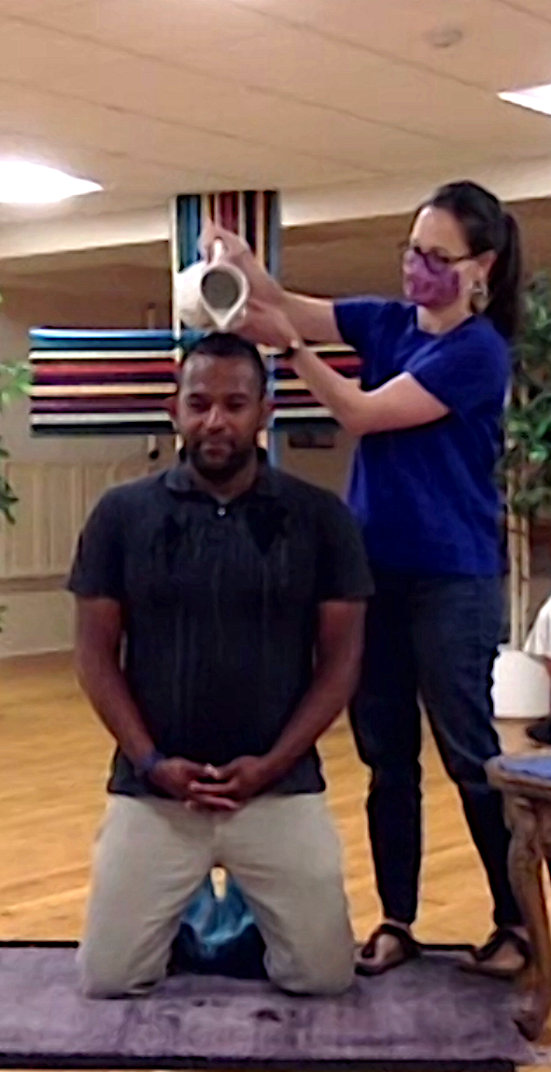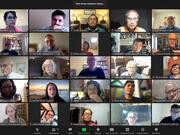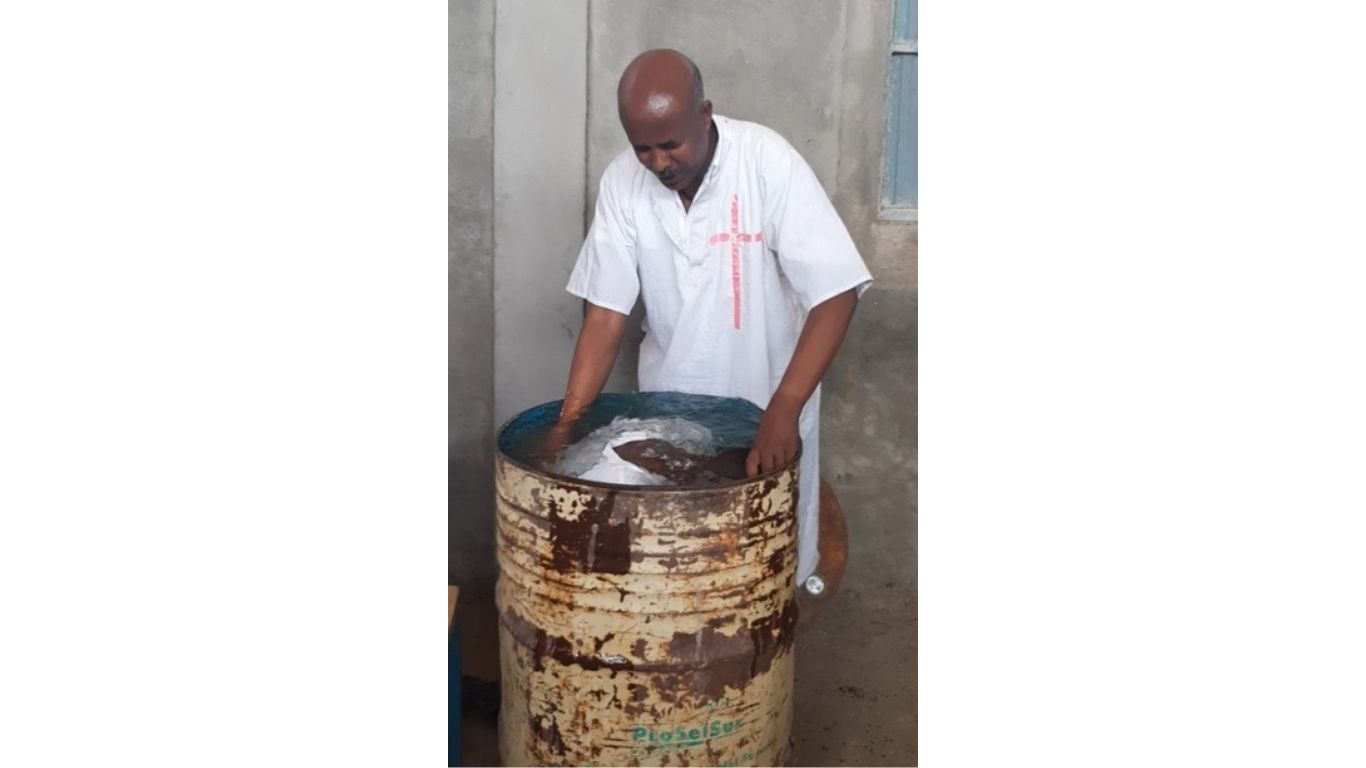-
With Jesus through the storm
It has been two years that we, wherever we are in the world, have faced this pandemic season. These times have been difficult with lockdowns and much loss – from jobs to even people who we dearly love. This is a chaotic time that no one in 2019 could have imagined to hit the world
-
How Mennonites came to be
*updated September 2023 Anabaptist historical context Anabaptist World Fellowship Sunday is an annual event for MWC member congregations around the world, worshipping together in spirit using the same worship resources, knowing that we belong to each other in this global family of faith. Anabaptism is a Christian movement that traces its origins to the Radical
-
Dialogue: “Through the Word”
“For those who do not want to believe, no argument is valid, and for those who want to believe, arguments are not necessary.” I shared that phrase (from an unknown author) with a friend in Ontario a few days ago. We talked about how difficult it is to see someone change their position on any
-
MWC update – December 2021
The relationships in Mennonite World Conference are always growing. From the member churches that make up MWC to the emerging networks linking church-supported agencies, MWC facilitates connections between Anabaptist organizations. Stephanie Setiawan joins MWC’s team as web communications assistant. A member of GKMI Sidoarjo, Indonesia, where she teaches Sunday school, she has experience in social media management
-
Peace amid the storms of life
“As followers of Jesus, we follow his example and work to bring peace in the midst of chaos.” Member churches around the world celebrated Peace Sunday 2021 using Mennonite World Conference’s Peace Sunday worship resource: “Finding hope and healing in crisis.” Amos Ganjboir and Rajendra Masih at Bethel Mennonite Church, Balodgahan, India, worked for three days to paint a backdrop and
-
Assembly tours in Indonesia 2022
How lifelong relationships become real Assembly tours have something for everyone! an adventurous bicycle ride across a rural rice field a deep dive into Indonesia’s Mennonite church history as told in John D. Roth’s new book A Cloud of Witnesses immersion into batik-making or local village life a visit to historical and religious landmarks to hear
-
Registration for MWC Assembly opens for online participation
Starting 24 December 2021, Mennonite World Conference (MWC) is accepting registration for online participants for Indonesia 2022 through its registration site: indonesia2022.mwc-cmm.org “Assembly will focus on accepting online registration first, and starting from the end of February 2022, people will be able to register for on-site participation,” says MWC chief international events officer Liesa Unger.
-
Ministry partner update: ICOMB – December 2021
Introducing the ICOMB Global Family Arbeitsgemeinschaft der Mennonitischen Brüdergemeinden Deutschland (AMBD) – Germany ICOMB Member Conference AMBD is one of the three Conferences in Germany, and it unites 13 congregations and 1568 members. Far from being affected by the pandemic, the Conference strengthened and grew during this time, reaching 1700 people today. AMBD also supports
-
Are our churches and leaders engaged with creation care?
“In Germany environmental care has been on the public agenda already for a very long time, making it a part of our church’s collective conscience for a while. We are trying different ways to make good on the belief that we are to be God’s stewards of creation.” —Dora Schmidt, Mennonitengemeinde Enkenbach Germany What is the
-
Giving and Receiving within the Body of Christ
Following a 5-year conversation with theologians from the Roman Catholic and Lutheran traditions, the Faith and Life Committee invited the members of Mennonite World Conference to consider our practices of Anabaptist together at Renewal 2027 in two webinars entitled “Believe and Be Baptized: A Global Conversation on Baptism.” The second webinar examined the report: Baptism
-
“We don’t live by fear”
Mennonites stand in the breach through prayer “And I sought for anyone among them who would repair the wall and stand in the breach before me on behalf of the land,” writes the prophet Ezekiel (22:30). On 19 November 2021, more than 110 members of Mennonite World Conference from Argentina to Zimbabwe rose to pray for the world.
-
Baptism in a barrel
It is very difficult to go to the northern part of Ethiopia after the war broke out. Despite the security concerns, when I heard that members of our church in western Tigray were in difficult conditions, I organized a team. We would go there to show our love for MKC members in the area. The
